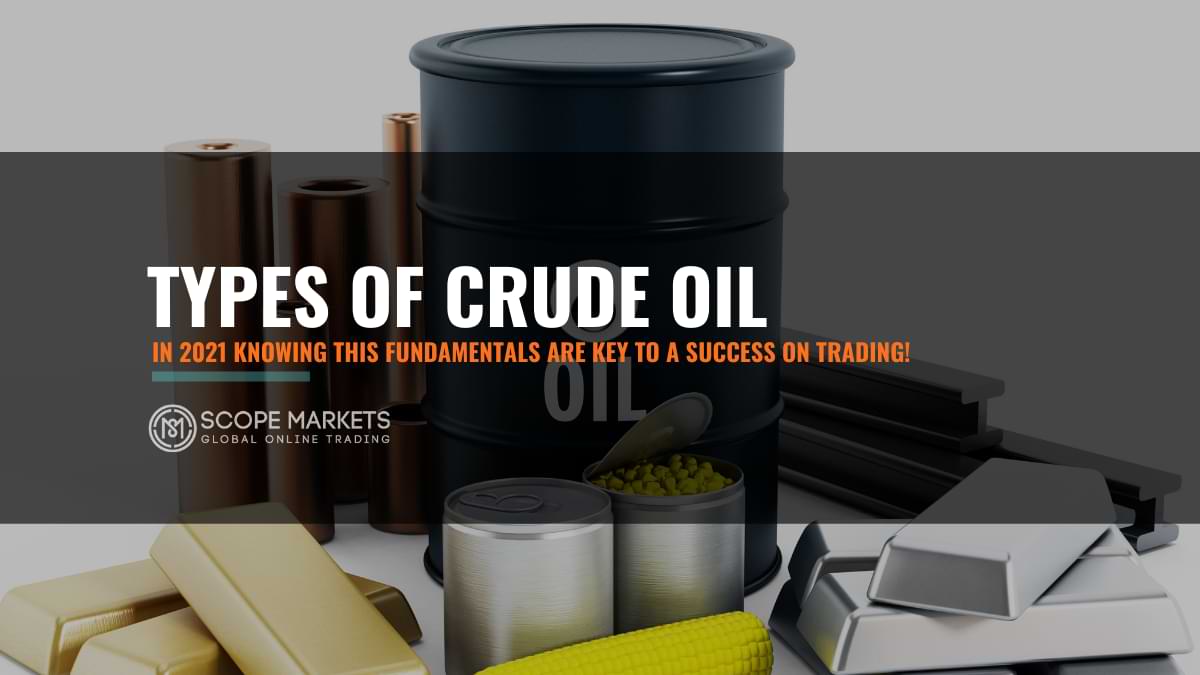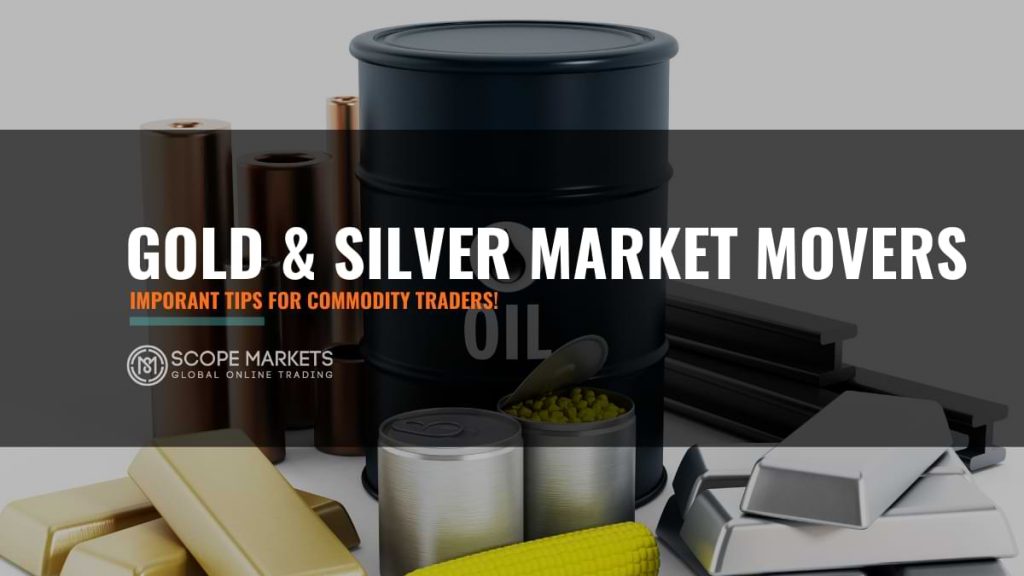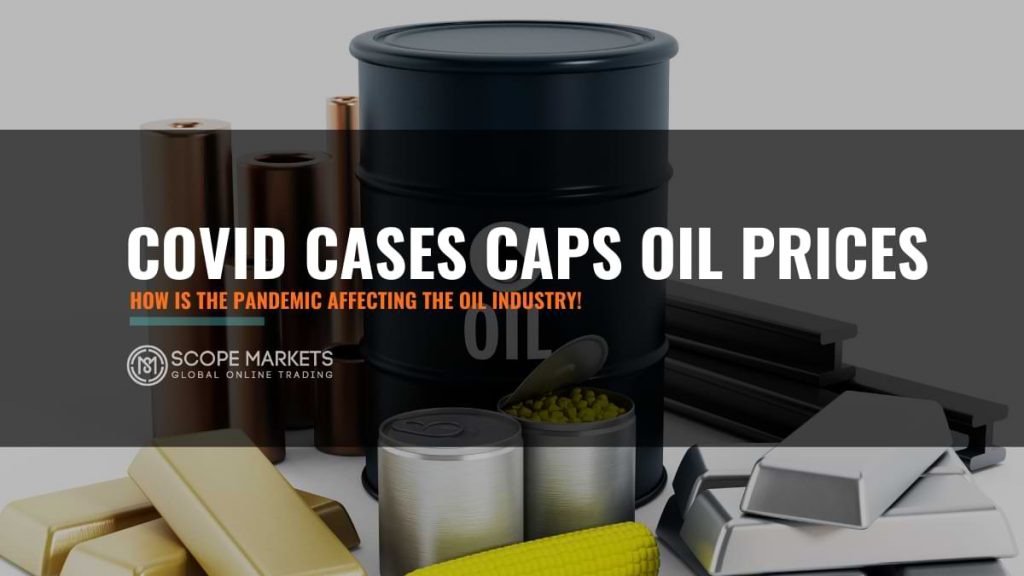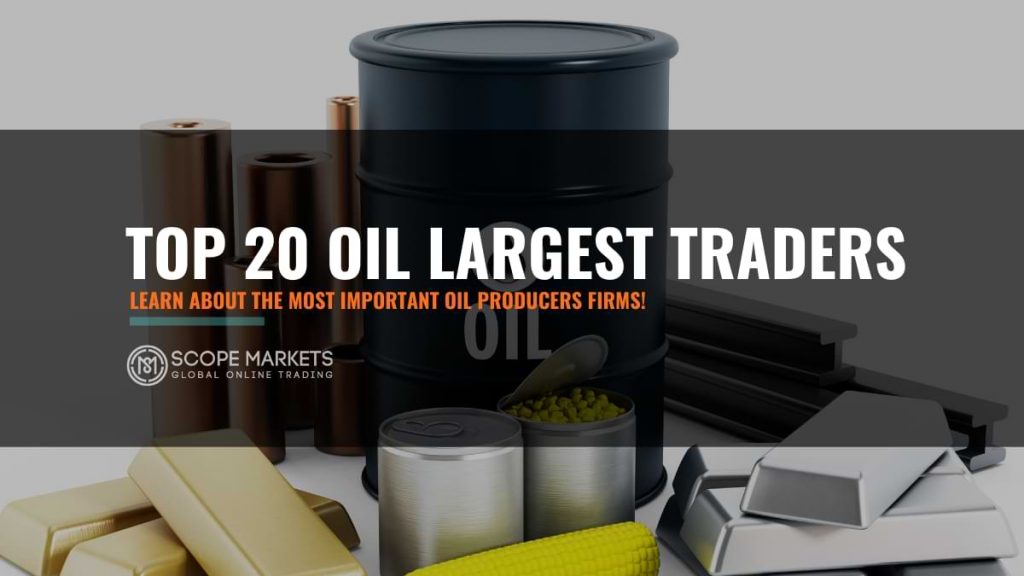Different Types of Crude Oil

Table of Content
There are various types of crude oil, which are generally manufactured all over the world. The market worth of a specific crude oil stream shows its quality features. Two of the very essential quality features are weight and sulfur element.
Density or weight varies from thin to thick. Whereasthesulfurelement is generally identified as fresh, sweet, or sour. There are a few crude oils both under and over the API gravity or force field.
Know What are Different Types of Crude Oil?
Removed in its natural coarse state from the base, crude oil differs in its texture and weight. That is from light or volatile and almost thin fluid to a semi-solid and viscous element. Still, it is generally suggested as black gold. And the shade of diverse crude oils can also differ from a thin, golden yellow to black color.
Diverse crude oils that are volatile (higher API gravity or reduced density) and sweet (reduced sulfur element) are then rated higher than massy, sour crude. This is somewhat due to gasoline and diesel oil, which trades at a notable premium to extra fuel oil. Also, the separate bottom of the barrel goods can be generated daily via sweet and light crude oil. The light and sweet categories are useful as they may be treated with far less complex and energy-exhaustive oil refineries.
A few basic types of crude oil are given below:
(1) The very light crude oils involve Gasoline, Jet fuels, Kerosene, Naphtha light and heavy, Petroleum Ether, Spirit, and Naphtha. These oils have a tendency to be very unstable. Also, it can vanish within a few days, which fast disperses and reduces levels of toxicity.
(2) Light Oils or Average Distillates involve Most rank 1 and 2 Combustible Oils and Diesel Combustible Oils. As well as many Indigenous fuels and thin crude aquatic or marine oils.
These crude oils are somewhat volatile or unstable, and less lethal.
(3) Medium Oils, in which almost all the crude oil nowadays comes under this class. Reduced volatility creates more disordered and mixed cleanups. When we talk about the improved level of toxicity, we have all been to find what these oil splatters can do to the regional ocean time out on the seas!
(4) Heavy or massive fuel oils include massive crude oils. Also, Grade three, four, five, and six Combustible oils. That is inclusive of Medium and Massive Marine or Sea Fuels. Including these oils, there’s minimal evaporation. And, so toxicity is very much increased. This not only signifies likely severe infection for the fish, birds, and furry animals. But potential and lasting pollution of water and soil too.
Types of Crude oil that Get the Attention in the Market
In reality, there are more than one hundred and sixty types of crude oil that are usually traded on the market nowadays. But for integrity, let us review 3 basic oils that get huge attention from the market.
WTI (West Texas Intermediate)- A high quality of Crude Oil
It is a very top-quality crude oil. It is much considered for the worth that more gasoline or gas can be then refined from a barrel than most distinct types of crude oil in the market.
WTI’s API Gravity (Force) and Light Crude
The API Gravity of WTI is 39.6 degrees. That is responsible for making light or thin crude oil, with 0.24 percent sulfur, which develops a sweet or fresh crude oil. The word API Gravity or force suggests the American Petroleum Institute Gravity. It is a standard that examines how light or dense a crude oil is in connection to water. If the oil’s API Force of Gravity is above 10, then it’s very light compared to water and would shift on it. If the API Gravity of oil is below 10, then it is bulkier than water and would fall.
Prime or Elite Crude Oil
These mixed features and positions make WTI a prime or key crude oil to get refined in the US. And, that is, without doubt, the biggest gasoline-absorbing nation on the earth.
A big range of WTI crude oils are then purified or refined in the Midwest and Gulf Coast places. Although the manufacturing of crude oil of WTI in the drop, WTI is usually valued from 5 to 7 dollars above per barrelthanBasket oil of OPEC. Also, on average, 1 to 2 dollars above per barrel when compared to Brent Blend crude oils.
Brent Blend Oils
It is a blend of many types of crude oil from fifteen regions all over the Ninian systems and Scottish Brent situated in the North Sea. Its API (American Petroleum Institute) Gravity is 38.3 degrees. That creates it light or volatile crude oil, but not actually as light or thin as WTI.
This crude oil is somewhat unique for producing gasoline and average distillates. And, both of these are generally used in the huge sum in Europe’s Northwest part. Where this crude oil is most usually refined or purified. Brent Blend manufacturing, much the same as WTI, is also on the drop. But it’s like the main benchmark for different crude oils in Africa or Europe. The oil price of Brent Blend is usually priced at 4 dollars above per barrel evaluated to the Basket price of OPEC.
Types of Crude Oil and the OPEC Basket Oil
It has a group of 7 crude oil-producing countries. And these countries are Saudi Arabia, Algeria, Indonesia, Nigeria, Venezuela, the Mexican Isthmus, and Dubai. OPEC is the short form for the Organization of Petroleum-Exporting Countries. An association was generally established in 1960 to make some general rule for the making and selling of oil within its power.
As OPEC oil has a much higher ratio of sulfur in its original make-up. And is not almost as sweet or fresh as WTI or Brent Blend crude. As it is also not as light or thin as well, OPEC oil costs are below Brent Blend or WTI crude.
Factors Responsible for Prices of the Types of Crude Oil?
Demand and supply are the main factors that generally have an impact on crude oil prices. And get affected by things like blackouts, cuts in OPEC production, seasonality, and diverse use.
US Dollars and the Oil Prices
The USD and oil have had an opposite connection. When USD is light or weak, the cost or price of oil has increased in dollar terms. As the US was for extended periods a whole merchant of oil, the growing oil price has suggested the US trade surplus deficit has grown since many dollars are then needed to be then sent overseas. But, some think that this association goes after less stable patterns.
There’s a more expected connection between CAD and oil prices. Say, Canada exports 3 million barrels of oil and petroleum products each day to the US. That is signifying a big need for CAD is then created. If US demand grows, more oil is then required that often signifies oil prices rise. Also, it could thus signify a drop in USD or CAD. If the US market falls, then oil prices may drop too, signifying demand for CAD falls in turn.
Reasons Behind Trading the Types of Crude Oil
1. Oil is a potent, volatile, and fluid market. And stays as the commonly traded commodity in the whole world.
2. The volatile or unstable landscape of trading crude oil makes it a preference of day and swing traders, who respond to the newest oil pricing news. Whereas the trading can be perilous, some recognize the oil market as a chance in its simplest form.
3. Crude oil is a liquid market, traded, or exchanged in a huge sum. This signifies trades can be then opened and closed at the price points you wish and at a reduced trading cost.
4. Oil can be then traded as a component of a hedging plan to relieve the asset’s levity impact.
5. Trading oil may be an element of a changing portfolio of stocks, commodities, and bonds.
Different Oil Prices as Per Types of Crude Oil
The oil prices of crude hold the spot price of many barrels of oil. And most generals are West Texas Intermediate (WTI) or the Brent Blend. The basket price of the OPECor Organization of Petroleum Exporting Countries and futures prices of the NYMC or New York Mercantile Exchange are also sometimes cited.
WTI generally trades at a 3.00 to 4.00 dollars per barrel reduction to Brent Blend. The distinction is the improved WTI supply from the shale oil producers of the US. Costs for various types of crude oil in these 2 regions are often rated as exponential to Brent.
OPEC’s basket price is a percentage of the oil prices from Angola, Algeria, Equatorial Guinea, Congo, Iran, Gabon, Iraq, Libya, Kuwait, Nigeria, UAE, Saudi Arabia, Venezuela. OPEC employs the cost of this basket to check the situations of the world oil market.
References:
Oil Price – A Detailed Guide On The Many Different Types Of Crude Oil
Capital – 4 major types of crude oil
Eia.gov – Today in energy
Dailyfx – What is crude oil
The Balance – Crude oil prices trends and impact on the economy and you
Types of Crude Oil Conclusion
So, you can see that knowing different types of crude oil give you the basic knowledge about crude oil trading, pricing, and many features. Use this knowledge and make your oil trading successful.
Disclaimer: This material is a marketing communication and shall not in any case be construed as an investment advice, investment recommendation or presentation of an investment strategy. The marketing communication is prepared without taking into consideration the individual investors personal circumstances, investment experience or current financial situation. Any information contained therein in regardsto past performance or future forecasts does not constitute a reliable indicator of future performance, as circumstances may change over time. Scope Markets shall not accept any responsibility for any losses of investors due to the use and the content of the abovementioned information. Please note that forex trading and trading in other leveraged products involves a significant level of risk and is not suitable for all investors.










